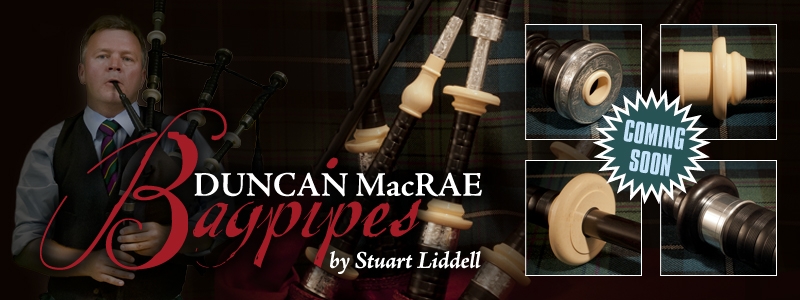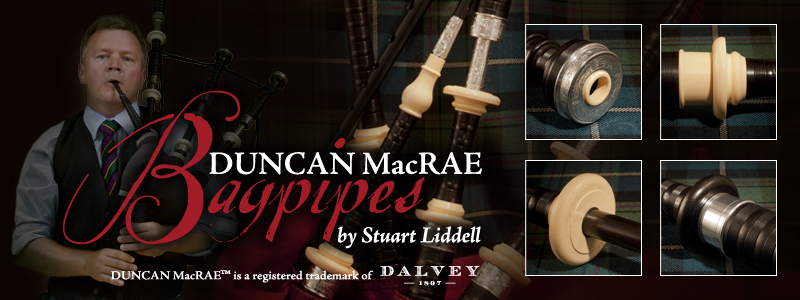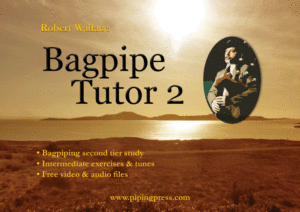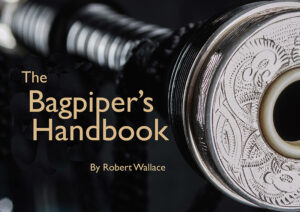
As bands prepare for their first season in three years Piping Press will do everything it can help them refresh their knowledge and re-kindle their enthusiasm. This article, by former senior pipe band adjudicator and educator Alistair Aitken, first appeared in Pipe Band Magazine.
Accepting that the primary focus of pipe band competition is on musical performance, it is reasonable to expect adjudicators to assess bands against the three main constituents of music – Rhythm, Melody and Harmony.
As a matter of course this approach takes account of fundamentals such as technique, rudiments, integration and tone. However, it also focuses the mind on other important issues such as style, interpretation, and musical and tonal balance.

By Alistair Aitken OBE
Rhythm is defined as ‘the regular recurrence of strong and weak accents arising from the division of music into regular metrical portions’. In making a rhythmical assessment, therefore, the Adjudicator will be thinking in terms of:
Phrasing is the division of a melodic line into rhythmical phrases or cadences, giving emphasis to accented notes whilst maintaining fluency. It can be described as the rhythmical grouping of the notes of a melody.
‘There is little point to adding embellishments if they disturb rhythmic flow and fluency….
Embellishments should enhance and add character to a piece of music without interfering with its natural flow. In their execution care should also be taken in maintaining relative note values. There is little point to adding embellishments if they disturb rhythmic flow and fluency.
Syncopation is deliberately changing the normal accent to add expression and excitement.
Tempo is the speed at which the piece of music is played and how that can affect the idiom of the tune (i.e. march, jig, strathspey etc), the rhythmical presentation and the musical effect.
The simplest description of a melody is a succession of notes with a distinctive sequence. The adjudicator will be looking at:
The Emotive Theme – the intended emotional effect on the listener of the composition/s being played. The key factor is the interpretation of the melody and the style in which it is played. Is it in keeping with the emotive theme?
Musical Arrangement – the manner in which the combination of melodies and the sequence in which they are presented. The quality of execution, integration and expression are important aspects.
Player Capability – are the chosen tunes within the capabilities of band members? Lower grade bands in particular often attempt technically complex melodies which are outwith players’ capabilities.
Intonation – the influence of the pitching of instruments on the melodic theme and on the overall tonal and musical balance of the band.

A simple description of harmony is ‘the combination of simultaneous sounds’. In addition to considering the natural harmony of the instruments, judges also pay attention to passages where harmony is used to enhance the melody. Aspects for assessment include:
Pipes – correct instrument tuning, including chanter/drone balance.
Harmonic Intervals – enhancement of the melody using specific harmonic intervals for effective harmony in the musical arrangement.
Drum corps – effective tuning of snare, bass, tenor etc. This includes drums individually and in relation to each other and to the pipe corps. Variation in weight and volume are important aspects to be taken into account here.
‘Piping and drumming judges should consider the pipe corps or drum corps as part of a pipe band rather than as a separate entity.…
Musical Balance – consideration of the performance as a totality in terms of the combination of instruments and the overall dynamic impact. Piping and drumming judges ideally should consider the contribution of either the pipe corps or drum corps as part of a pipe band rather than as a separate entity.
It is of course impossible for adjudicators to comment on all of these aspects in the short time available during each competition performance. Judges will have a structured approach to adjudication to ensure that their thought processes cover the range of factors before they summarise their thoughts in the written critique.
In this way they can provide constructive analysis and feedback, with appropriate advice, rather than have a negative focus on faults. The critique sheet obviously has limited space but it is still possible to achieve this form of comprehensive and constructive assessment using the four main categories of Introduction, Execution, Interpretation/Expression and Tonal Quality.















